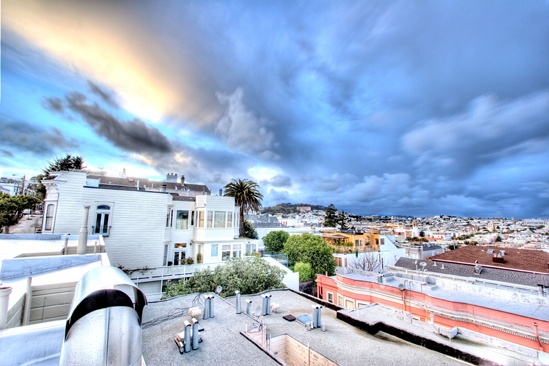Chapter 11. Raw Shooting
USING RAW FORMAT TO GAIN MORE CONTROL AND BETTER IMAGE QUALITY

Although the Nikon D90 produces excellent JPEG images, if you do a lot of image editing, want the absolute best color you can manage, or tend to shoot in extreme lighting situations that make exposure and white balance tricky, then you’ll want to look at raw shooting. Shooting raw has its drawbacks, but by the end of this chapter, shooting in raw will probably become a regular part of your photographic life. In fact, don’t be surprised if you eschew JPEG shooting altogether.
What Is Raw?
In Chapter 7, you saw how, with JPEGs, the camera takes the data off the image sensor and performs a number of processes to it, from white balance adjustment to gamma correction to a number of corrections and adjustments similar to what you might apply in an image editor. You also learned that one of the last things the camera does before saving a JPEG image is to throw out a lot of color data so that the 12-bit image that the camera captured can be stored in the 8-bit space that the JPEG format specification dictates. Earlier, I also told you about JPEG compression and how it is a lossy compression scheme that can, when used aggressively, degrade your image.
Although the D90’s high-quality JPEG compression is very good—you’ll be hard-pressed to find evidence of JPEG compression in a D90 file saved at high quality—if ...
Get The Nikon D90 Companion now with the O’Reilly learning platform.
O’Reilly members experience books, live events, courses curated by job role, and more from O’Reilly and nearly 200 top publishers.

